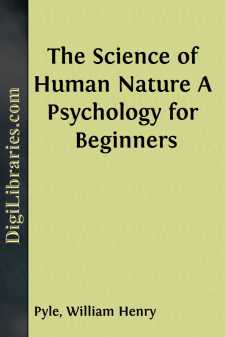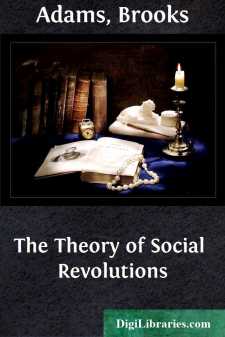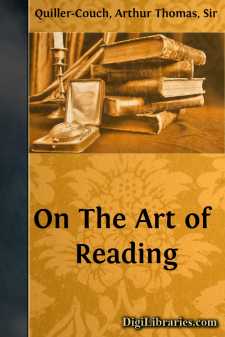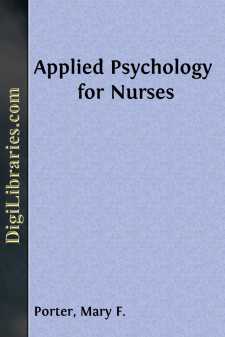Categories
- Antiques & Collectibles 13
- Architecture 36
- Art 48
- Bibles 22
- Biography & Autobiography 813
- Body, Mind & Spirit 142
- Business & Economics 28
- Children's Books 17
- Children's Fiction 14
- Computers 4
- Cooking 94
- Crafts & Hobbies 4
- Drama 346
- Education 46
- Family & Relationships 57
- Fiction 11829
- Games 19
- Gardening 17
- Health & Fitness 34
- History 1377
- House & Home 1
- Humor 147
- Juvenile Fiction 1873
- Juvenile Nonfiction 202
- Language Arts & Disciplines 88
- Law 16
- Literary Collections 686
- Literary Criticism 179
- Mathematics 13
- Medical 41
- Music 40
- Nature 179
- Non-Classifiable 1768
- Performing Arts 7
- Periodicals 1453
- Philosophy 64
- Photography 2
- Poetry 896
- Political Science 203
- Psychology 42
- Reference 154
- Religion 513
- Science 126
- Self-Help 84
- Social Science 81
- Sports & Recreation 34
- Study Aids 3
- Technology & Engineering 59
- Transportation 23
- Travel 463
- True Crime 29
Histology of the Blood Normal and Pathological
by: Paul Ehrlich
Categories:
Description:
Excerpt
PREFACE.
In no department of Pathology has advance been so fitful and interrupted as in that dealing with blood changes in various forms of disease, though none now offers a field that promises such an abundant return for an equal expenditure of time and labour.
Observations of great importance were early made by Wharton Jones, Waller, and Hughes Bennett in this country, and by Virchow and Max Schultze in Germany. Not, however, until the decade ending in 1890 was it realised what a large amount of new work on the corpuscular elements of the blood had been done by Hayem, and by Ehrlich and his pupils. As successive papers were published, especially from German laboratories, it became evident that the systematic study of the blood by various new methods was resulting in the acquisition of a large number of facts bearing on the pathology of the blood; though it was still difficult to localise many of the normal hæmatogenetic processes. The production of the various cells under pathological conditions, where so many new factors are introduced, must necessarily be enshrouded in even greater obscurity and could only be accurately determined by patient investigation, a careful arrangement and study of facts, and cautious deduction from accumulated and classified observations.
The pathology of the blood, especially of the corpuscular elements, though one of the most interesting, is certainly one of the most confusing, of all departments of pathology, and to those who have not given almost undivided attention to this subject it is extremely difficult to obtain a comprehensive and accurate view of the blood in disease. It is for this reason that we welcome the present work in its English garb. Professor Ehrlich by his careful and extended observations on the blood has qualified himself to give a bird's-eye view of the subject, such as few if any are capable of offering; and his book now so well translated by Mr. Myers must remain one of the classical works on blood in disease and on blood diseases, and in introducing it to English readers Mr. Myers makes an important contribution to the accurate study of hæmal pathology in this country.
Comparatively few amongst us are able to make a cytological examination of the blood, whilst fewer still are competent to interpret the results of such an examination. How many of our physicians are in a position to distinguish between a myelogenic leukocythæmia and a lymphatic leukæmia? How many of us could draw correct inferences from the fact that in typhoid fever there may not only be no increase in the number of certain of the white cells of the blood, but an actual leukopenia? How many appreciated the diagnostic value of the difference in the cellular elements in the blood in cases of scarlet fever and of measles, and how many have anything more than a general idea as to the significance of a hypoleucocytosis or a hyperleucocytosis in a case of acute pneumonia, or as to the relations of cells of different forms and the percentage quantity of hæmoglobin found in the various types of anæmia...?












